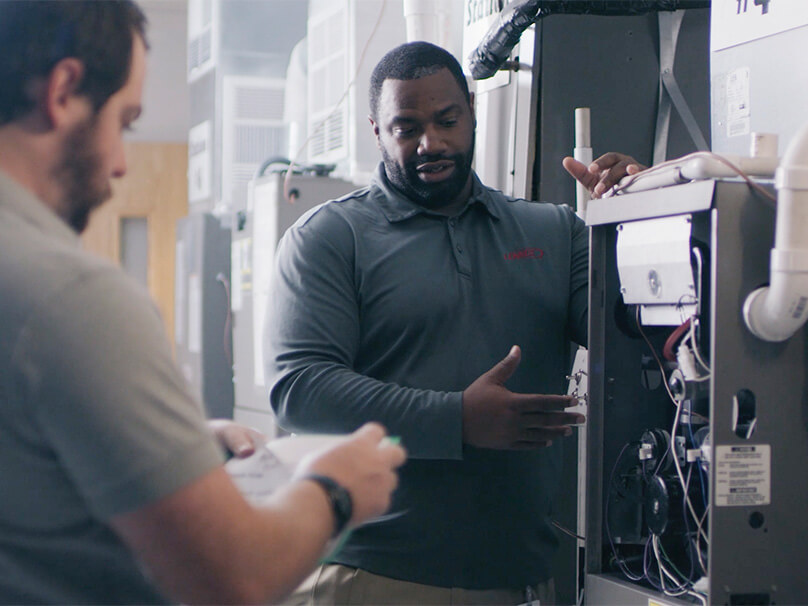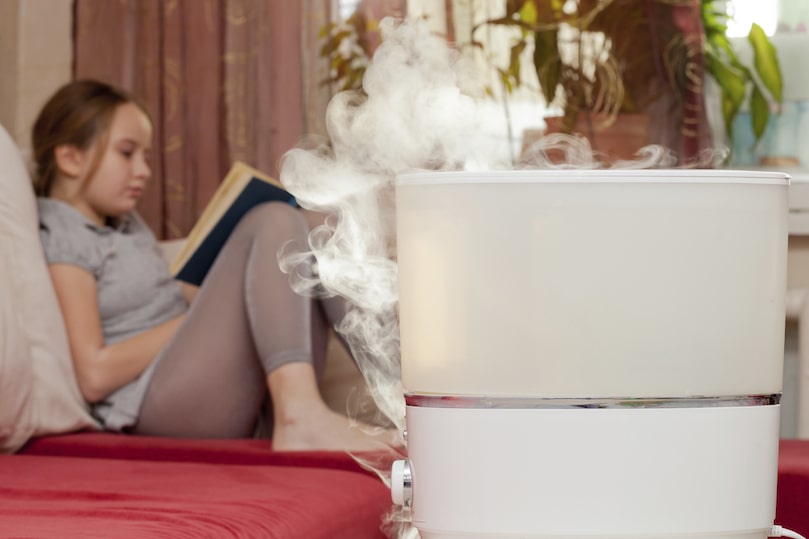Blog
Serving the Treasure Coast and these areas
Custom Air Systems Inc
1615 SE Village Green Dr
Port St. Lucie, FL 34952
Phone: 772-677-8981
Email: [email protected]
License # CAC051810
About Custom Air Systems Inc
At Custom Air Systems Inc, your home comfort is our highest priority. That’s why we provide lasting HVAC equipment and outstanding work in Port St. Lucie. Our specialists are educated in a wide range of services, so you can feel confident in your results. They’ll offer the assistance you are looking for, whether it’s installing a modern HVAC system or servicing and tuning up your current unit. We’re ready to help with all of your needs, so call us at 772-677-8981 or contact us online to request an appointment now.
© 2025 Custom Air Systems Inc | All rights reserved














